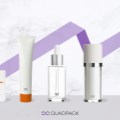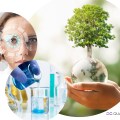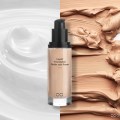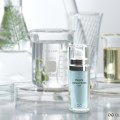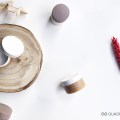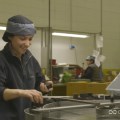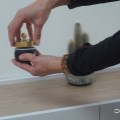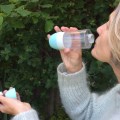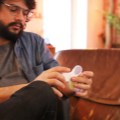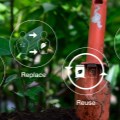Beauty packaging made of wood from managed forests brings a host of benefits to brands, consumers and the environment
Wood has become a fully-fledged member of the material portfolio for cosmetics packaging. Its characteristics allow infinite creativity, while lending a touch of natural luxury to any beauty product. Some myths persist about how sustainable wood really is, however, and many people wonder what happens at the end of life of a wooden component. Here is a round-up of the reasons why wood, quite simply, is good.
Wood is an endlessly renewable resource
Sustainable forest management (SFM) ensures that wood is continually regenerated. Forest certification programmes like FSC® and PEFC™ promote responsible practices and verify the origins of raw material. Thanks to these practices, growing stock in European forests has doubled since 1990 and over 23% of forests is protected to conserve biodiversity.
Wood is a carbon sink
Wood helps mitigate climate change. Trees release oxygen and absorb CO2 from the atmosphere. In fact, forests are the world’s second largest carbon sink, after oceans. Younger, growing trees have greater potential to absorb CO2 than old trees, making sustainably-managed forests more efficient carbon sinks than those left in a natural state. Upon harvesting, each 1kg of wood holds on average 1.7kg of CO2.
Wood is clean to obtain
Using wood reduces our dependence on fossil-based materials such as plastic resins, which have higher carbon footprints. Just 0.19kg of CO2 is generated per 1kg of virgin material produced, compared to 2.39kg, 1.46kg and 1.73kg for PET, PP and LDPE respectively.¹
Wood is clean to transform
Its conversion process is much cleaner than any other material. No high temperatures are needed for treatment, nor are any chemical treatments necessary for production. Biomass boilers like those used at Quadpack Wood allow processes to be fuelled by production scrap, for reduced waste and low-carbon manufacture.
Wood is clean to discard
Wood is a natural material which does not harm the environment. Its end of life is cleaner than any plastics used for cosmetics packaging. While no domestic waste stream currently exists, even if it ends up in landfill, wood is non-toxic. When incinerated, wood has vastly less impact than plastic. Nevertheless, brands should focus on the impact of the product’s whole life cycle. Life-cycle assessments show it compares favourably with SAN, PP, PET and even rPET (see diagram).
Wood is compliant
The EU’s proposed Packaging and Packaging Waste Directive suggests that all cosmetics packs must be recyclable. However, today’s waste streams do not process small items. It is the recycling plants who are responsible for adapting their facilities. In the meantime, wood can be industrially recycled, to be processed for other uses.
Wood brings a sensory experience
Wooden components add a tactile dimension. It’s a piece of nature in your hands, with its own, unique grain pattern. Moreover, a multitude of shapes, textures and finishes allow it to adapt to any brand positioning, from indie to ultra-premium. Eco-design can boost sustainability with refillable and reusable formats. Aesthetically and environmentally, when it’s sourced, harvested and transformed in the right way, everything about wood is good!
Want to know more? Download our white paper on Wood and beauty packaging.
¹ Franklin Associates, Cradle-to-gate life cycle inventory of nine plastic resins and two polyurethane precursors.
LCA comparison made by PIQET.


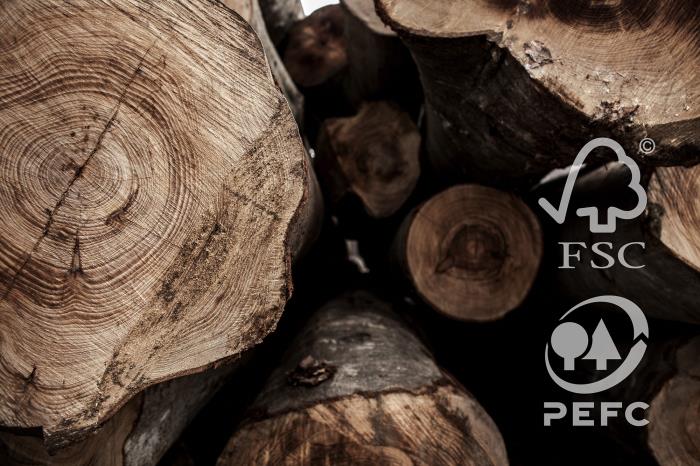










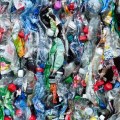

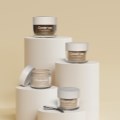

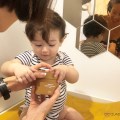

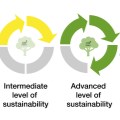
.jpg)
